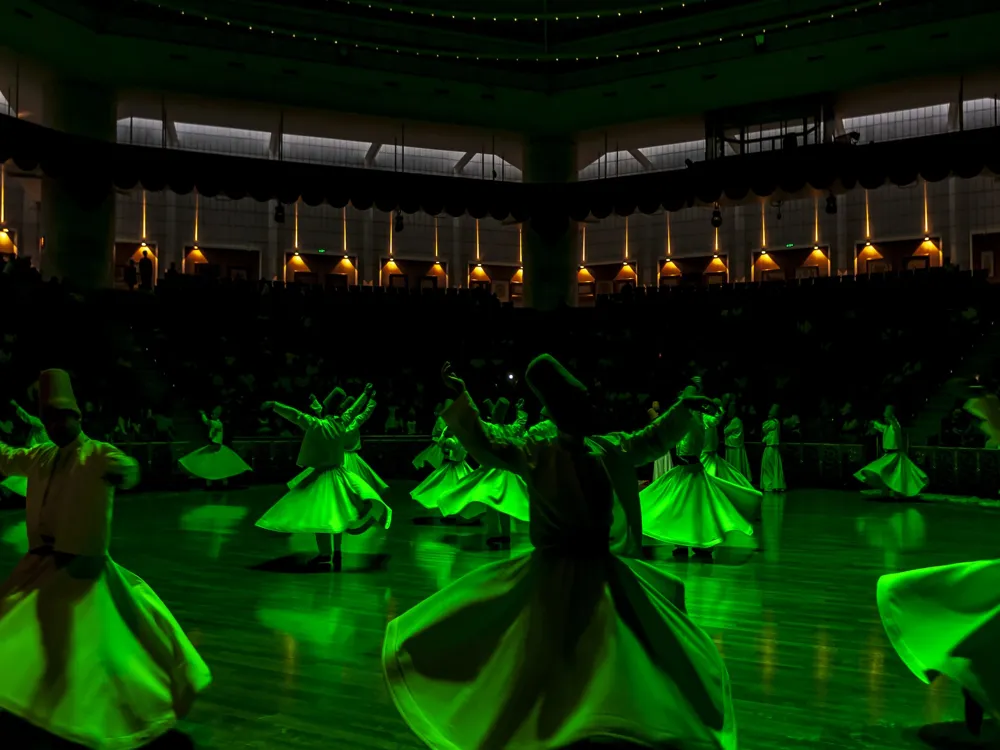The Temple of Augustus in Ankara, Turkey, is a significant historical monument that dates back to the Roman Empire. Originally built to honor Augustus, the first emperor of Rome, the temple features impressive architectural designs and inscriptions. It stands as a testament to the Roman influence in ancient Anatolia and is a key attraction for history enthusiasts visiting Ankara. The architecture of the Temple of Augustus is a remarkable example of ancient Roman temple design. It showcases classical Roman architectural elements such as Corinthian columns, a pronaos (front porch), and a cella (inner chamber). The temple's facade is adorned with intricate carvings and statues, highlighting the artistry of the era. One of the most notable features of the temple is the Res Gestae Divi Augusti, a set of inscriptions that detail the achievements of Emperor Augustus, preserved on its walls. Visit early in the morning or late in the afternoon to avoid the crowds and experience the temple in a more serene setting. Check local weather conditions and plan accordingly, as Ankara can have extreme weather. Consider taking a guided tour to fully appreciate the historical significance of the temple. Knowledgeable guides can provide insights into its architecture, history, and the importance of the inscriptions found on its walls. As a historical monument, it is important to respect the site. Do not touch or climb on the ruins, and follow all posted signs and guidelines during your visit. The Temple of Augustus is located in the Ulus district of Ankara, easily accessible by public transportation or car. Visitors can take the Ankara metro to Ulus station, from where the temple is a short walk away. Alternatively, buses and taxis are also available from different parts of the city, making it convenient for tourists to reach the site. Read More:Overview of the Temple of Augustus in Ankara
Architecture of the Temple of Augustus
Tips When Visiting the Temple of Augustus
Planning Your Visit
Guided Tours
Respect the Site
How To Reach the Temple of Augustus
Temple of Augustus
Ankara
₹ 78,000 onwards
View ankara Packages
Also Refered As:
Monumentum Ancyranum
Ankara Travel Packages
View All Packages For Ankara
Top Hotel Collections for Ankara

Private Pool

Luxury Hotels

5-Star Hotels

Pet Friendly
Top Hotels Near Ankara
Other Top Ranking Places In Ankara
View All Places To Visit In ankara
View ankara Packages
Also Refered As:
Monumentum Ancyranum
Ankara Travel Packages
View All Packages For Ankara
Top Hotel Collections for Ankara

Private Pool

Luxury Hotels

5-Star Hotels

Pet Friendly

















